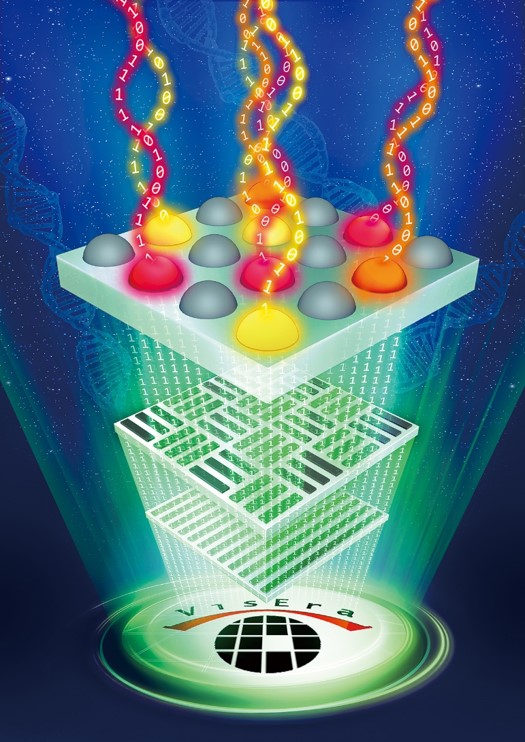Best Conference Paper Award, IEEE NEMS 2022

Best Conference Paper Award
Nanowell-based Nano/Micropolarizer Array Biochip for Super-Resolution Imaging
H. -Y. Hsieh, C. -H. Lin, P. -C. Chen, W. -K. Wang, and C. -C. Hsieh
2022 IEEE 17th International Conference on Nano/Micro Engineered and Molecular Systems (NEMS), 2022, pp. 196-200
The diffraction barrier of an optical system restricts the minimum resolvable pitch among neighboring reaction sites on a nano/microarray chip, to impact the throughput and the detection cost. Similar to superresolution microscopy of structured illumination microscopy (SIM), a methodology is introduced to realize a theoretical V √2-fold resolution improvement via a checkerboard illumination on the nanowell array. This approach involves two-step imaging and simple equipment adaptations: (1) integration of a 0/90-degree nano/micropolarizer array in a rectangular interspaced arrangement under nanowells as a biochip and (2) insertion of an 0/90-degree-switchable polarizer plate between the excitation light and biochip. For the first imaging under 0-degree polarized illumination, only the half signals on the 0-degree-nano/micropolarizer units can be acquired; for the second imaging under the 90-degree polarized illumination after 90- degree rotation of the excitation light polarizer plate, the other half signals on the 90-degree nano/micropolarizer units can be obtained. Using a virtual distance that occurs between any two ‘bright’ fluorescence signals, two objects within the diffraction distance can still be visualized. We have demonstrated that a 0.9-μm pitch widefield image unresolvable via a 20X/NA0.5 objective can be divided into two resolvable images with sufficient signal-to-noise ratio (SNR) on the biochip with an aluminum polarizer array of 180-nm thickness, 0.9-μm pixel size, 300-nm pitch, and ~0.5 duty cycle. This method simplifies the imaging capture and deconvolution process compared to the existing SIM and provides possibilities for a miniature super-resolution microscope.
Read More







